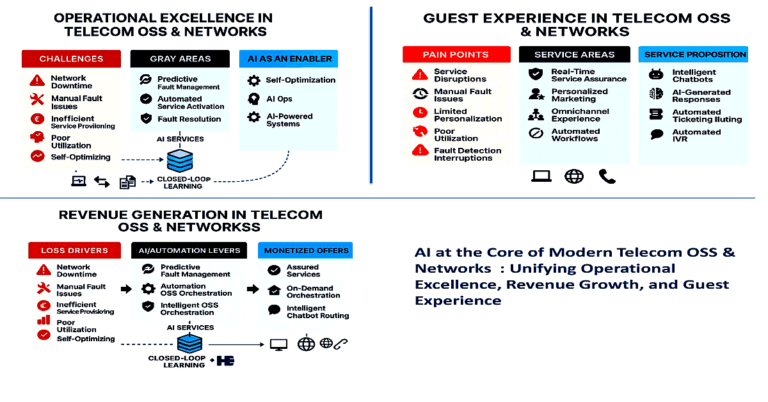NTT Ltd. is working with Albemarle Corporation, a specialty chemicals company with leading positions in lithium, bromine, and refining catalysts, to deploy a pilot private LTE/5G and Wi-Fi network at Albemarle’s lithium mine in Kings Mountain, North Carolina.
Operating mining and manufacturing facilities across three continents, Albemarle needed a network that would allow its global engineers to connect with technicians for remote site surveys and assists. Previously, it was difficult for global engineers to visit Albemarle’s site due to Covid-19 travel restrictions, which significantly impacted the process of decision-making and timing. The use of private LTE/5G will enable Albemarle to enhance its hybrid working process and reduce the amount of global travel needed to operate.
Utilizing NTT’s global expertise in connectivity, Albemarle can now use integrated technologies to ensure that surveys, assists, and maintenance activities can be conducted remotely. Albemarle is also looking at additional use cases to leverage wireless networking at their manufacturing sites. A private network provides the organization with enhanced security, high technology performance, and coverage to enable IoT devices.
NTT worked closely with the manufacturer to determine the best use of connectivity dependent on the location or use case, always enabling the best possible coverage. Following the pilot in Kings Mountain, Albemarle plans to roll out the network to additional sites.
“To enable collaboration and digital applications at our mining and processing sites, we require widespread, high-speed connectivity”, said Chuck Holley, Global Manager of IT Network Infrastructure, Albemarle. “A private LTE/5G network is a great way we can do this cost-effectively, and NTT was our first choice to pilot a design, prove the technology and show the value. With a private LTE/5G network, we’re able to continue to seek out innovative solutions to some of our most pressing challenges.”
“We’re incredibly proud to be partnering and consulting with Albemarle on this innovative pilot”, said Parm Sandhu, Vice President, Enterprise 5G Products and Services, NTT. “A private LTE/5G network will continue to transform business outcomes in mission-critical environments for Albemarle, and this is just the start of their journey. We look forward to working closely with the manufacturer as it continues to digitally transform its business for the future.”







































